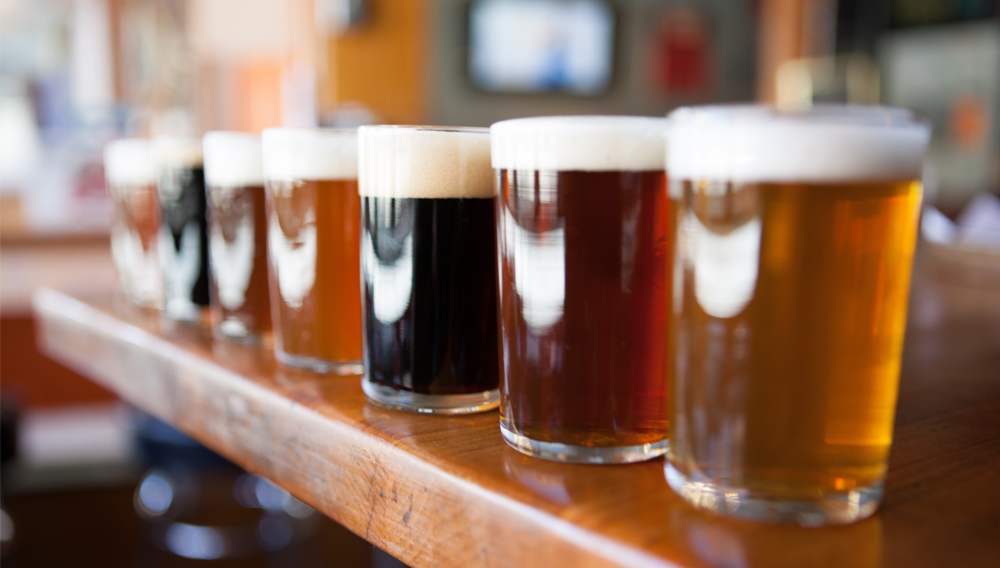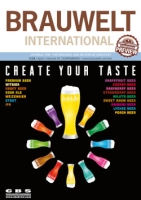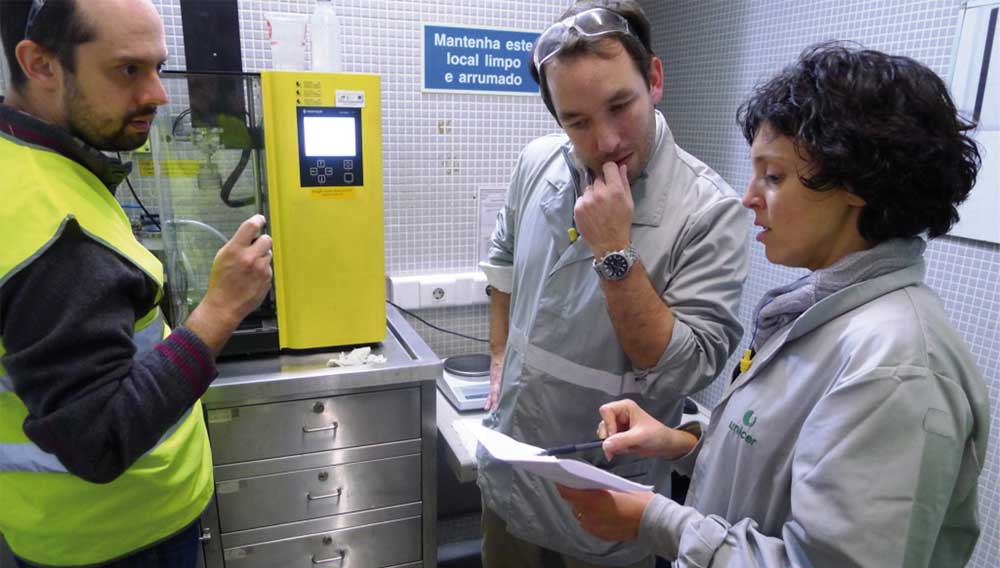
Important collaboration | In Part 4 of this series of articles (BRAUWELT International No. 6, 2018, pp. 437-439), examples of how a master brewer can use and interpret early warnings from the QA department in a brewery were presented, all the way through from raw materials to the final beer. Doing this rapidly makes faster corrections possible and reduces cost.
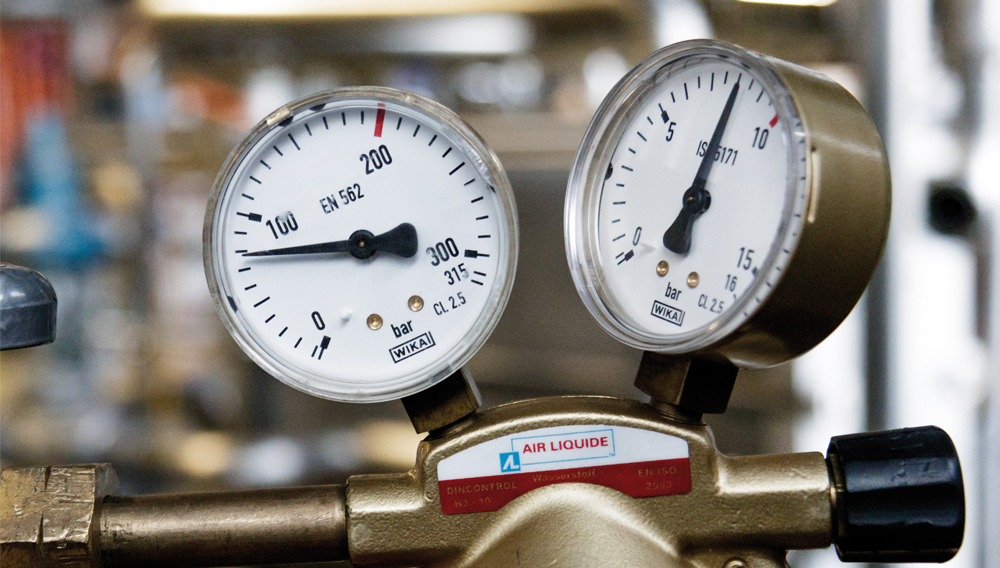
Maintenance | The Oettinger brewery prevents unplanned standstills of their heat exchangers by annual leakage tests. The company prefers test gas for their tests, thus preventing the operational procedure from being affected.
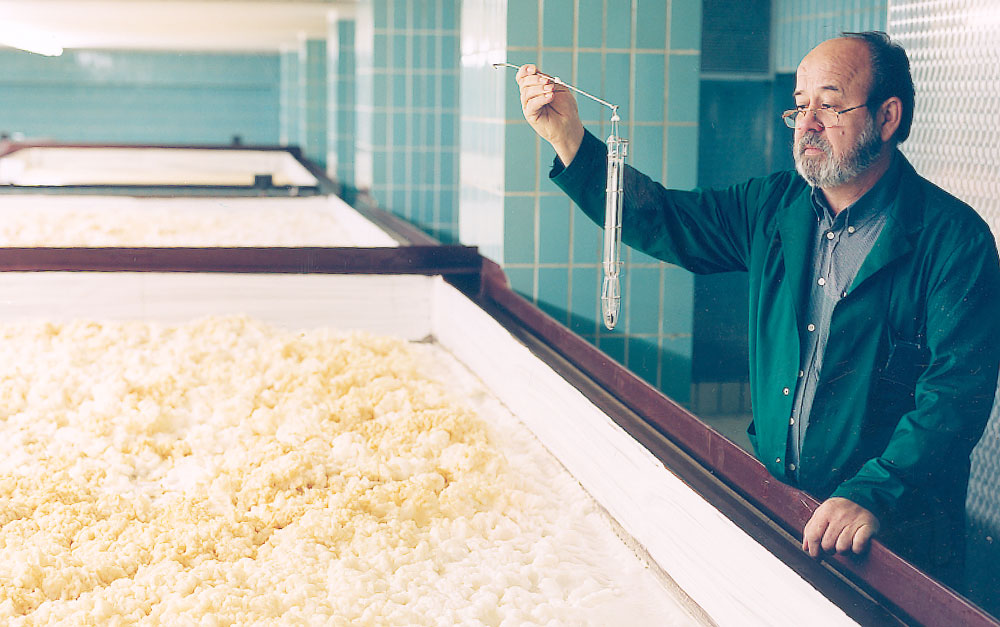
Early warnings | In Part 3 of this series of articles (BRAUWELT International No. 5, 2018, pp. 367-370), examples of QA documents in a brewery were examined and an efficient brewery sampling plan was suggested as well as simple, daily process controls, from raw materials all the way to the finished beer. Part 4 focusses on how to interpret and make use of early warnings originating from the laboratory.
Yeast recycling | Yeasts are usually used for one fermentation cycle in industrial fermentation. In the brewing industry, however, yeasts are recycled several times, also as a result of a continuous succession of production processes. Consistent and, in particular, reproducible fermentation results have to be obtained. Optimal yeast management is required in order to achieve this objective. Moreover, the number of cycles is crucial for fermentation performance and depends on the yeast strain as well as on the experience and philosophy of the brewmaster.
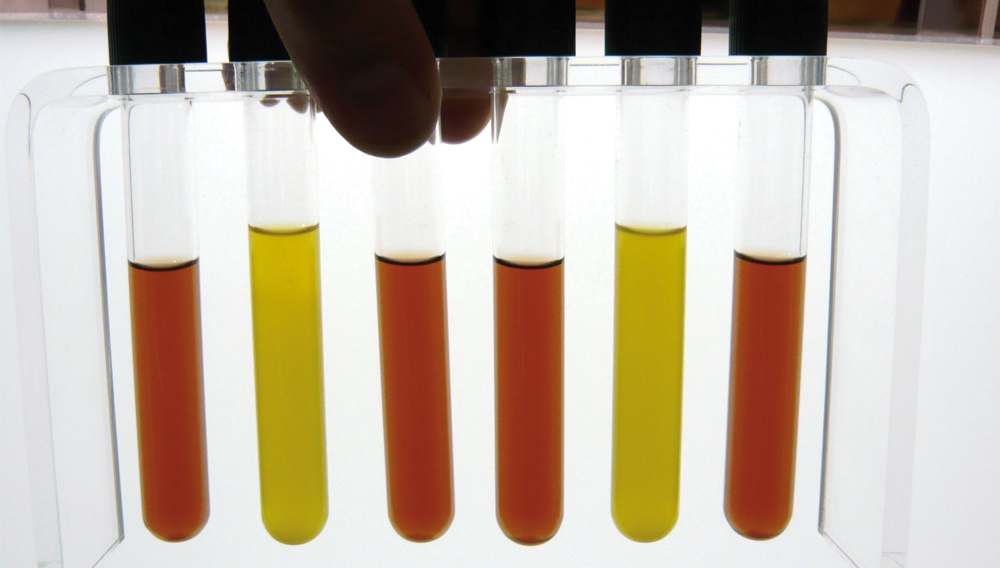
Microbiological analysis | In Part 2 of this series of articles (BRAUWELT International No. 4, 2018, pp. 274-276) several current QA documents that breweries have to treat as controlled documents were presented, along with a sample plan and some simple analyses that a brewery should carry out, such as organoleptic and visual checks. Filterability of beer by means of simple analyses was also discussed. In this part, microbiological analyses of beer during production are described. In addition, possibilities for reducing i.a. losses in the brewhouse are considered.
The biotechnology company now offers two new real-time PCR tests for the detection of the most important spoilage yeasts in beer, alcoholic mixed beverages and soft drinks: the foodproof® Spoilage Yeast Detection 1 + 2 LyoKits.
As part of a longstanding partnership, measuring instrument specialist Anton Paar and statistical process control (SPC) solutions provider InfinityQS® have launched a guide for setting up the interface between Davis 5 and Enact® or ProFicientTM software.
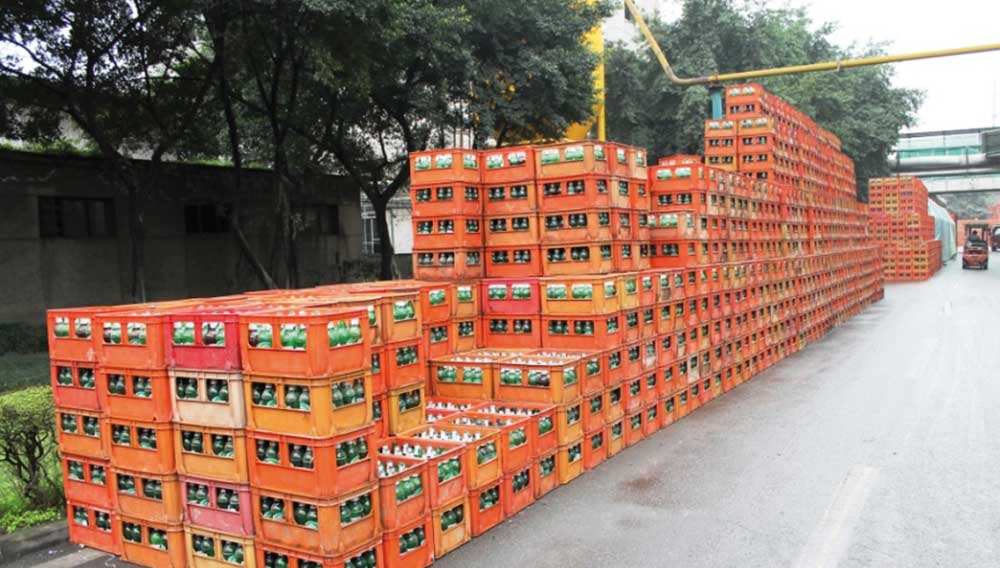
QA controlled documents | In Part 1 of this series of articles (see BRAUWELT International No. 3, 2018, pp. 218-221), the historical cooperation between brewery chemists, microbiologists or laboratory technicians (“QA”) and master brewers, process managers and packaging line managers (“master brewers”) was discussed. It was found that QA and master brewers need each other, but also that they are sometimes not aware of this.
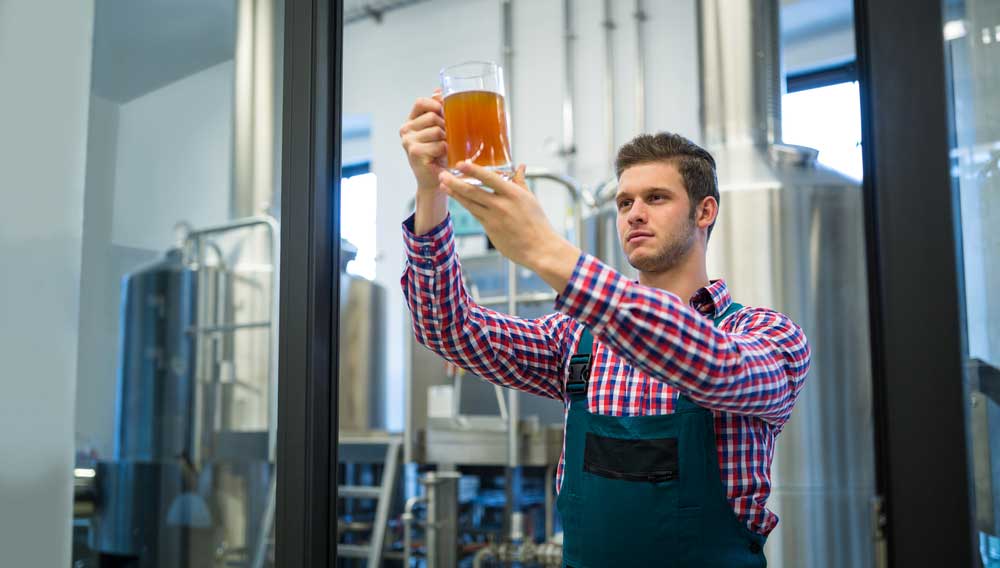
Optimised | Every brewery aims at producing microbiologically perfect beer. For quality assurance, rapid, safe and simple methods are needed, in particular for detection of traces of beer-spoilage bacteria (BSB). Enrichment in the new, ready-to-use NBB®-PCR broth supplied by Döhler GmbH, Darmstadt, in combination with a PCR detection system, provides an optimal solution.
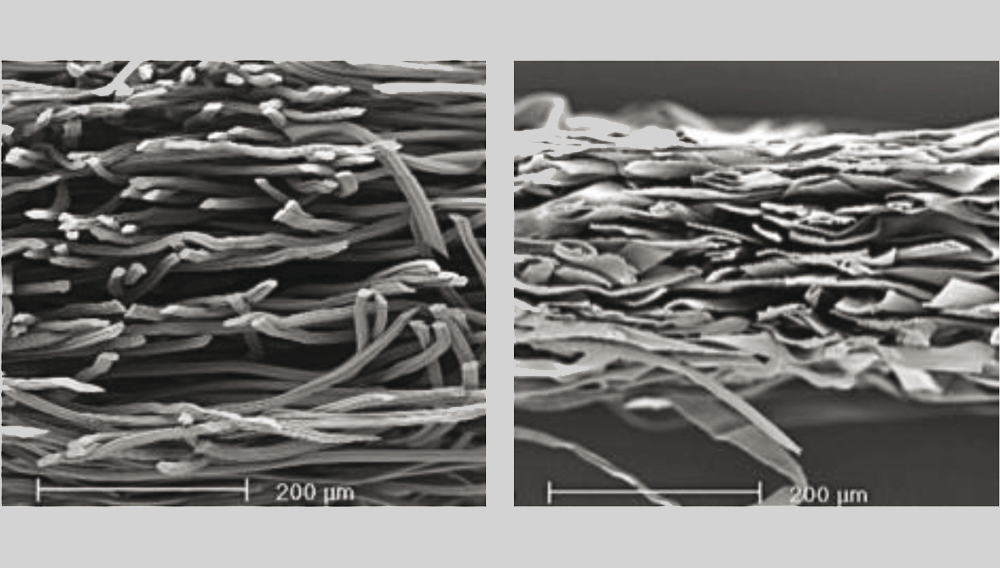
Controlled Compression | Fibrous filter aids such as viscose and cellulose differ significantly from kieselguhr or perlite in that they form a compressible filter cake during precoating onto a carrier element. Depending on compression, permeability and porosity of the cake vary. A novel process for filtration using fibrous filter aids takes advantage of this property.

The “Oscars” for Beer | The European Beer Star is considered to be one of the most successful and established beer competitions of its kind. Since its inception, the number of breweries entering beer has been growing steadily along with the number of style categories. To manage such an event, the organization has to be well thought out. After all, all of the beers in the competition must not only arrive in the best possible condition, they must also be coded so that the members of the tasting panel do not know who brewed them. How does it work? We visited Doemens Academy in Gräfelfing, Germany, to have a look behind the scenes at the preparations leading up to the European Beer Star.
Current issue
Most Read
BRAUWELT on tour
Current issue
Most Read
BRAUWELT on tour
-
Hopsteiner
Optimization of kettle hopping prior to dealcoholization
-
Hopsteiner
Excellent digital Service: the Hopsteiner Customer Portal
-
Hopsteiner
Variations in hop aroma depending on crop year
-
Hopsteiner
Playing with tradition: Hopsteiner Hopoils - Type Hoptanical
-
Hopsteiner
Crop and market update & hop crop 2023 estimate

